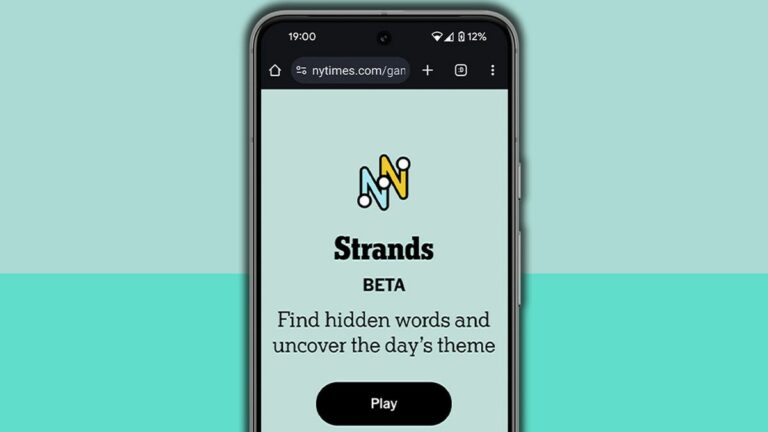It’s been a long time since we’ve seen a pair of under-$200 earbuds from Bose. Until now, the company has been happy to stick with products that hover around $300, including the QuietComfort Ultra Earbuds (plus several predecessors) and the more recent Ultra Open Earbuds.
But now, the $179 second-gen QuietComfort Earbuds have arrived, with a new design, Bose’s class-leading active noise cancellation, and a few other features — wireless charging, multipoint Bluetooth, etc. — that are available right out of the box, which hasn’t always been the case with the company’s flagship models.
I’ve been testing the 2024 QuietComfort Earbuds for a few days, and while I need a bit longer to land on a full verdict, there’s already a lot to like about them. Wireless charging doesn’t require some silly add-on case. They’re quite comfortable. Over eight hours of battery life with ANC on? Pretty good. And I’ve found the noise cancellation here to be in the same ballpark as the pricier buds — if not quite on par. The transparency mode is also nice and crisp. As for music, you can customize the sound profile with a five-band EQ, which is nice since the “less precious, more everyday play” audio can be a lot and leans into heavy-handed bass.
Just don’t expect every last bell and whistle. The charging case is a little big by today’s standards, and features like immersive audio (“coming soon”), AptX Adaptive codec support, CustomTune sound personalization, and the ability to sync with Bose’s soundbars are absent from the QC Earbuds. Yet they offer some new capabilities that no other Bose products do, like serving as a remote shutter for your phone’s camera. That’s interesting, and the shutter trick actually works quite well so long as you keep the headphones app open in the background.
Speaking of which, that app situation is a little odd. The 2024 QuietComfort Earbuds have a standalone companion app that’s separate from the main Bose app used for the QuietComfort Ultra line. And there’s a reason for that: Bose didn’t develop this software itself.
Spokesperson Joanne Berthiaume told me that “the product uses different hardware and firmware than our other QC Ultra earbuds, so we needed to leverage a different app to bring it to market quickly. We did work with a third-party to develop the app.” And it’s immediately apparent, with the QC Earbuds app having a much different feel than Bose’s other mobile software. It gets the job done for customizing controls, enabling features like low-latency mode, or adjusting the EQ, but it lacks some polish around the edges. (The voice prompts on the earbuds themselves also sound absolutely terrible — not that this matters much, but still.) To its credit, the app does put pretty much every feature right on the main screen for very fast access without having to dive through multiple screens.
What is important is that the QuietComfort Earbuds have (so far) worked reliably in my testing. And for a company that’s had a history of frustrating, unpredictable connectivity problems with some previous products, that’s critical to get right. I haven’t had any issues with multipoint, and the low-latency mode made the QC Earbuds a good fit for my Steam Deck OLED. No complaints there. I don’t envision myself using the “hey headphones” voice commands much, but the option exists for those who want it. The tap gesture controls have also worked fine without any false activations.
Bose readily admits the sound on these is anything but “precious,” and the QC Earbuds indeed have a V-shaped sound curve that elevates the treble and bass. It’s the signature Bose sound that many people will find pleasing. Again, the app lets you override this default profile and go with your own preferences, but the overall audio fidelity is a rung or two below the QC Ultras and other earbuds that cost more than these do. Stay tuned for more thorough sound impressions in the full review. I’ve only had a few voice calls on the QC Earbuds, but so far, I’d rate them as merely adequate there.
I want more time with the QC Earbuds before scoring them — partially to make sure they keep working as expected and don’t start exhibiting the random bugs of some past Bose buds. For now, I can say the ANC definitely measures up to Bose’s reputation and outclasses pretty much all competitors. If that’s your leading factor in making a purchase, these will definitely have a lot of appeal at their price point and could be a far more practical buy than the Ultras.
Photography by Chris Welch / The Verge
![Arcane season 2 act 3 ending explained: is [SPOILER] dead, what happens to Jinx, will there be a season 3, and more of your biggest questions answered](https://www.autopilotr.com/wp-content/uploads/2024/11/eigNZzwmEEgjNReJf2UgzQ-1200-80-300x169.jpg)









:format(webp)/cdn.vox-cdn.com/uploads/chorus_asset/file/25636995/DSC_0083.jpg)
:format(webp)/cdn.vox-cdn.com/uploads/chorus_asset/file/25636995/DSC_0083.jpg)
![Arcane season 2 act 3 ending explained: is [SPOILER] dead, what happens to Jinx, will there be a season 3, and more of your biggest questions answered](https://www.autopilotr.com/wp-content/uploads/2024/11/eigNZzwmEEgjNReJf2UgzQ-1200-80-768x432.jpg)









+ There are no comments
Add yours